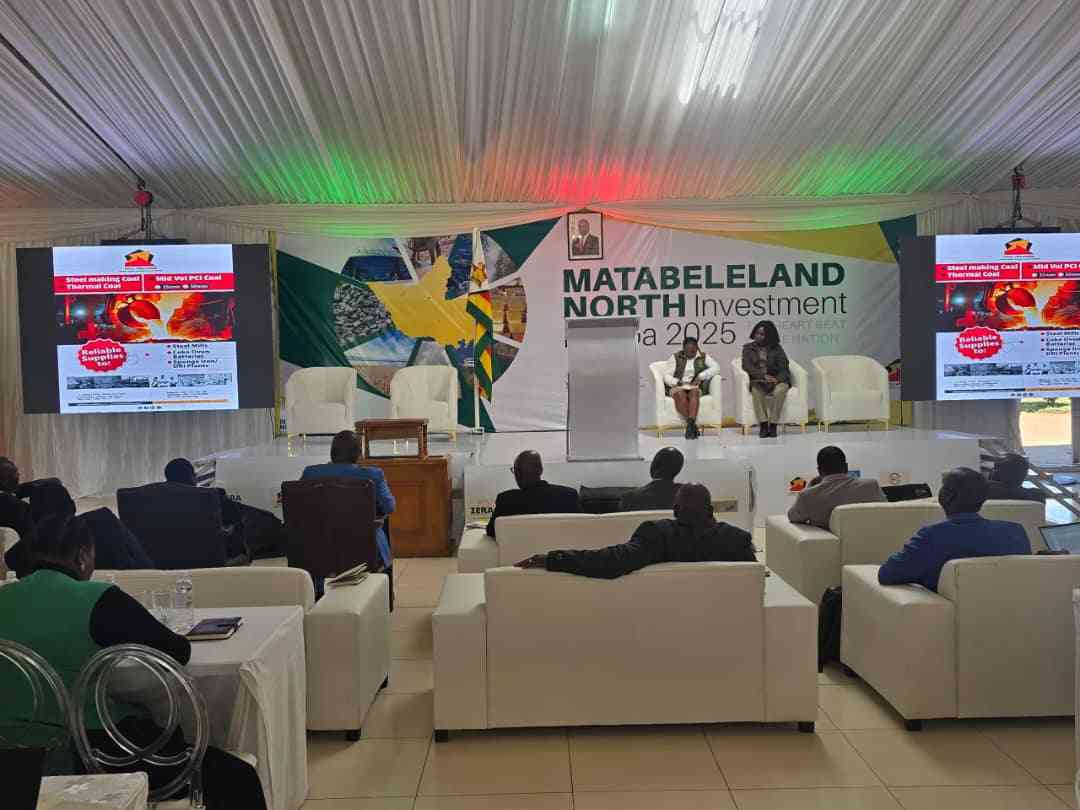
ANY BUSINESS today without an online presence lacks the competitive agility needed to compete for the long term.
To survive in this digital age, many marketers are looking to the Internet to generate sales and create new interest in the business’ products and services.
Online marketing sometimes referred to as web-marketing, Internet marketing, digital marketing or search engine marketing is increasingly becoming a key part of marketing strategies for both blue-chip business and start-ups worldwide.
Online marketing can deliver several benefits to innovative businesses such as:
- Growth in potential
- Reduced expenses
- Elegant communications
- Better control
- Improved customer service
- Competitive advantage.
Online marketing defined Online marketing refers to a set of potent tools and methodologies used for promoting products and services through the Internet and also drive direct sales via electronic commerce.
Internet marketing and online advertising efforts are typically used in aggregation with traditional types of advertising like radio, television, newspapers and magazines.
A bit of history It would come as a surprise to many that in the early days of the internet, online advertising was taboo and specifically prohibited. For instance, two of the predecessor networks to the Internet, ARPANET and NSFNet, had “acceptable use policies” that banned network “use for commercial activities by for-profit institutions”. This was only phased out later in the early ’90s.
E-mail was the first widely publicised example of online marketing in the early ’80s.
- Chamisa under fire over US$120K donation
- Mavhunga puts DeMbare into Chibuku quarterfinals
- Pension funds bet on Cabora Bassa oilfields
- Councils defy govt fire tender directive
Keep Reading
Display Ads/ Online banner advertising began in the early ’90s and Search Ads gained traction at the turn of the new millennium as Google pioneered the revolution with innovative artificial search intelligence.
Common delivery methods -Display advertising: Expresses its advertising message visually using text, logos, animations, videos, photographs, or other graphics and may be customised to target users through the use of cookies for behavioural and or geo-targeting.
– Web banner advertising: These are typically graphical advertisements displayed within a web page and usually use rich media to incorporate video, audio, animations, buttons, forms, or other interactive elements using Java applets, HTML5, Adobe Flash and other programs.
– Frame advertisements (traditional banner): Website publishers incorporate frame advertisements by setting aside a particular space on the web page. Econet is currently advertising its Facebook bundles using this type of method on the Southern Eye web page.
– Pop-ups/pop-unders: A pop-up/under advertisement is displayed in a new web browser window that opens above or below a website visitor’s initial browser window.
– Floating advertisements: Is a type of rich media advertisement that appears superimposed over the requested website’s content.
– Interstitial advertisement: Display are a form of interruption marketing on the internet which opens before a user can access requested content.
– Search engine marketing: This is designed to increase a website’s prominence in search engine results pages.
– E-mail advertising: This is marketing delivered via email which may either be unsolicited or have the user’s prior consent.
– Online classified advertising: Online classified advertising is advertising posted online in a categorical listing of specific products or services as in normal classifieds. The online edition of Southern Eye has this facility
– Social media marketing: This is commercial promotion conducted through social media websites such as Facebook, Twitter, and MySpace, Southern Eye, National Foods and Edgars are examples of businesses that use social media for marketing.
– Mobile advertising: This refers to advertising material distributed through wireless mobile devices such as smartphones, feature phones, or tablet computers. Econet’s Ecocash Brand obviously tapping into its distinct advantage of the network uses this sort of advertising. Edgars also uses this.
Key advantages
- Low costs: Large audiences are reachable at a fraction of traditional advertising budgets.
- Flexibility and convenience: Consumers may research and purchase products and services at their leisure.
- Analytics: Efficient statistical results are facilitated without extra costs.
- Multiple options: Advertising tools include pay-per-click advertising, email marketing and local search integration (like Google Maps).
- Demographic targeting: Consumers can be demographically targeted much more effectively in an online rather than an offline process.
Having said this, if your business has not gone online — you are literally out in the cold.
Online marketing is a high growth industry and will outsell traditional advertising in the not too distant future.
Till next week, remain Brand Savvy!










